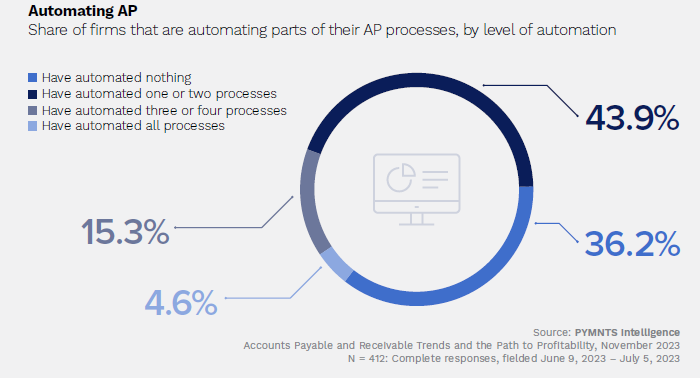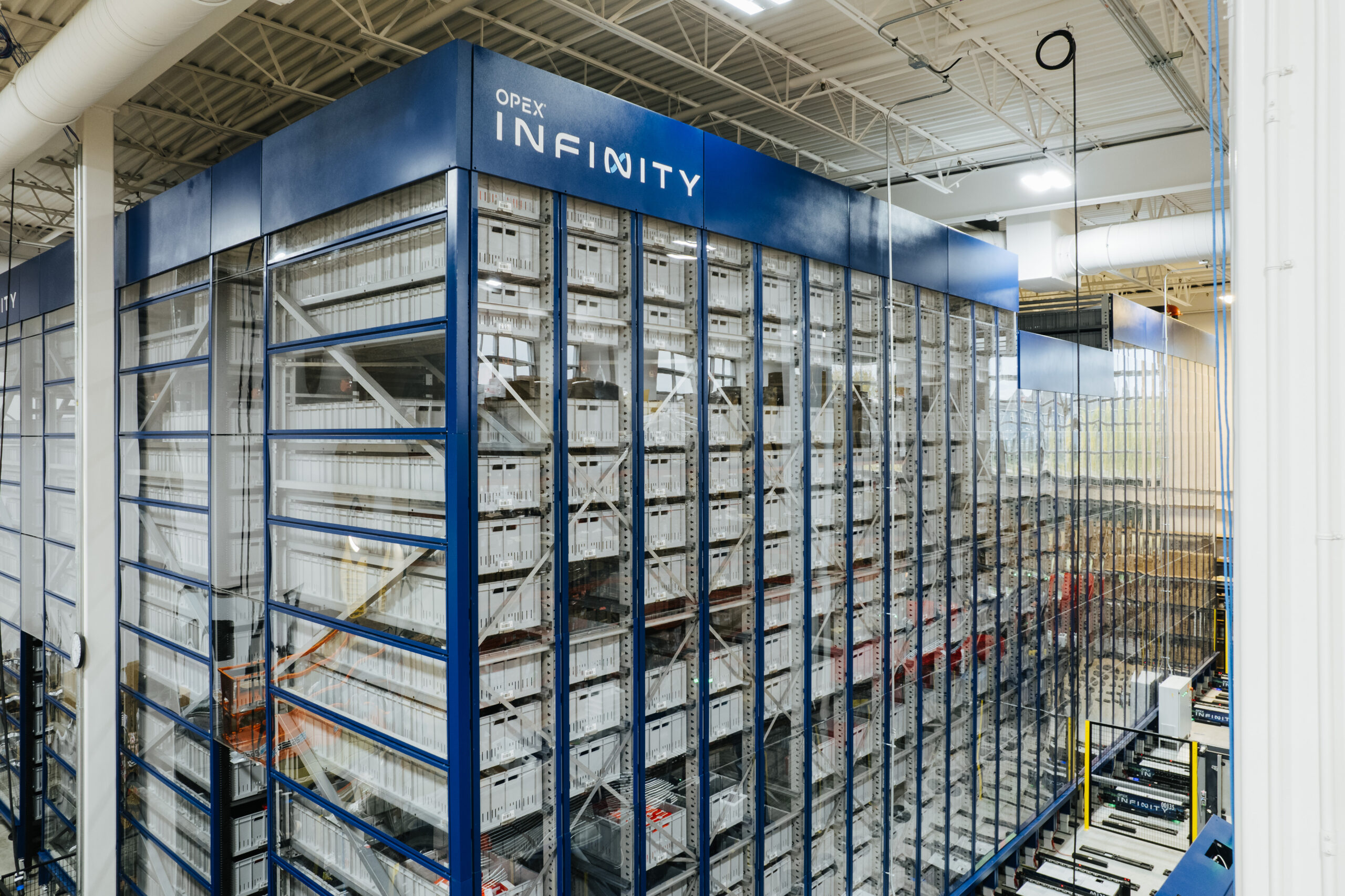Automation systems are kind of the backbone for various businesses and enterprises.
The automation platforms help with the heavy lifting and keep things running seamlessly. Ansible is one such open-source project that made IT automation simple.
Sure, there are alternatives to Ansible, like Salt. And all such options have significantly impacted the growth of the cloud industry and IT automation in general.
And, Ansible’s creator Michael DeHaan thinks there is still plenty of room to make more tools that would add to the existing automation ecosystem. Especially, when infrastructure automation solutions like Chef and Puppet were acquired.
The best part? He wants to develop the new project using Rust, a popular programming language choice for new solutions, and revamping older systems for its benefits.
What’s the Big Idea?
The basic foundations for the new open source project remain the same; he wants to create new tools that are easier to keep up with the increased demand due to automation.
Here’s what he plans to solve:
The challenge is this – it’s now 2023, and because automation became easy, businesses everywhere used that to increase their IT scale and complexity – as they rightfully should have. We now need tools that are more scalable and also, even easier to keep up with that demand. I would like to see a move back towards minimalism, grocery-list style simplicity, and looking at things through a more systems-programming / hard-engineering type lens. Further, with Puppet and Chef being acquired and essentially taken out of the game, we need new places to try new ideas.
Furthermore, he explains the goal behind the idea:
Goals? Simply put, things should be rock-solid, lightening fast, well-engineered, and readable and auditable by people who have never even seen the content before.
So, to come up with a simple solution to the evergrowing challenges of modern IT workflows, he plans to develop a new automation platform implemented in Rust.
The platform will aim for 90-95% compatibility with the existing tools, guides, and critical language features.
One of the most crucial highlights includes the plan to have detailed yet concise documentation with examples for everyone to understand. Of course, not to forget the expected ability to execute existing Ansible Python modules from within the new platform.
Also, the platform would support major Linux distributions and other Unixes.
Other objectives of the new platform include:
- Support local connectivity, SSH, and also new message bus deployment architectures supporting potentially 50k-100k systems at once. This architecture will get built shortly after the initial release.
- Optional, fully asynchronous modes of operation enabled by threading architectures of Rust + messaging, with configurable parallelism at different parts of the pipeline to manage resource contention.
- Easy to run even from a Mac and git checkout
- Regular stable releases but also easy to follow the development branch
- Very strong commitment to a stable language specification
In addition to these objectives, the new project would be GPLv2 to make sure no issues arise with reading code contributed by the creator and contributors.
The project will also have a blog, mailing list, and repositories for everyone to review the development and keep up.
Thoughts?
As he shares the plan in a blog post, it is evident that we could be in for an adventurous ride to the next big thing in IT automation and configuration management.
With simplicity at its core concept, all of this sounds so interesting!
Of course, if you have ideas to contribute for this upcoming endeavour by Ansible’s creator, you should reach out to him.
💬 What do you think of his plans for the next big (or simplest) thing?










